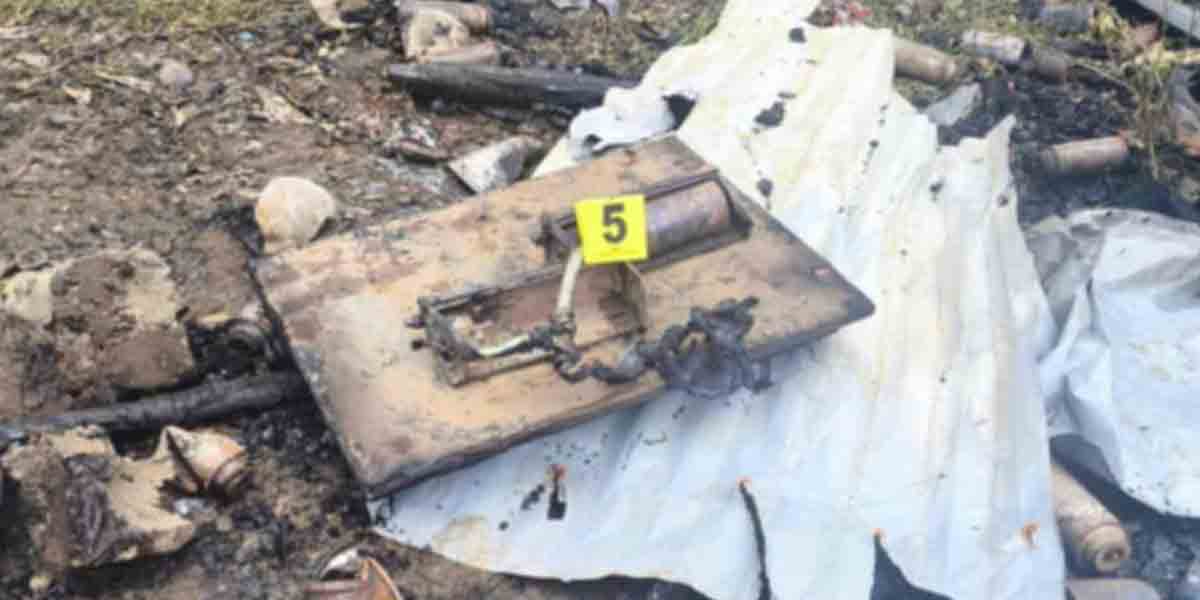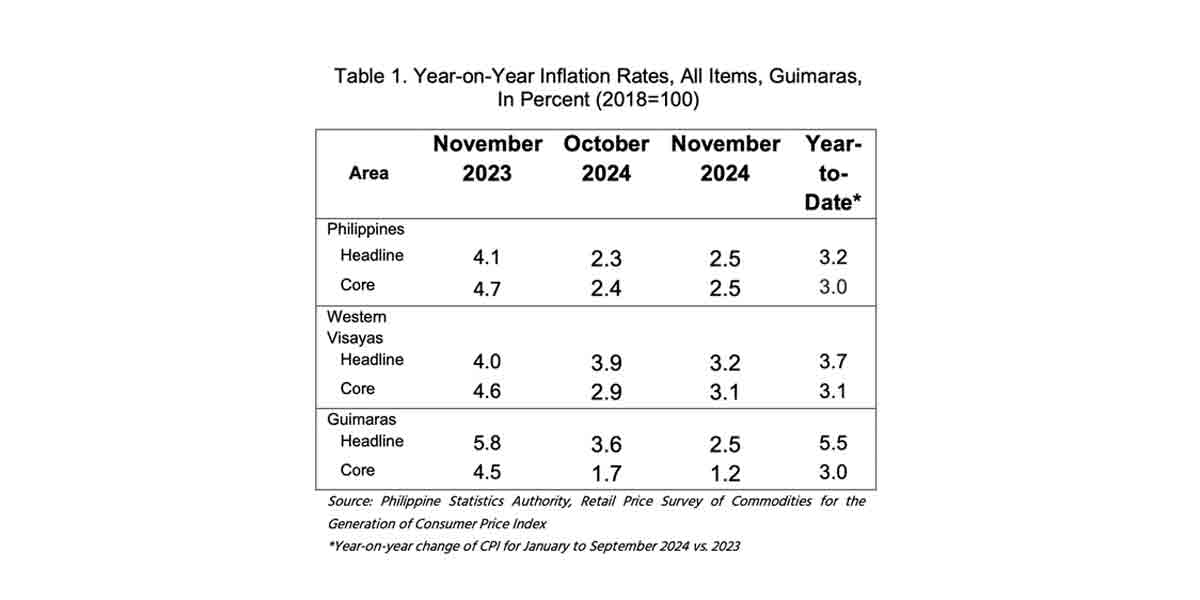
By Francis Allan L. Angelo
The Philippines and South Korea have signed a Memorandum of Understanding (MOU) to explore nuclear energy cooperation, potentially reviving the Bataan Nuclear Power Plant (BNPP).
President Ferdinand Marcos Jr. and South Korean President Yoon Suk Yeol witnessed the signing at Malacañang Palace. The agreement involves the Philippine Department of Energy (DOE) and Korea Hydro & Nuclear Power Co., Ltd. (KHNP).
“The signing of this MOU builds on the strong foundation of energy cooperation between the two countries. For the Philippines, it is a continuation of our efforts to enhance energy security, as outlined in the Philippine Energy Plan (PEP),” said Energy Secretary Raphael P.M. Lotilla.
The MOU initiates a comprehensive technical and economic feasibility study on the potential rehabilitation of the BNPP. The study, conducted by KHNP, will provide critical information to guide the Philippine government’s decision-making on whether to revive the plant or explore other nuclear energy technologies and potential sites.
The first phase of the study, set to begin in January 2025, will assess the current condition of the BNPP. The second phase will evaluate the possibility of refurbishment using the most optimal model. If the initial phase finds rehabilitation unfeasible, KHNP may recommend alternatives such as constructing a conventional power plant or developing a small modular reactor.
While KHNP will fully bear the costs of the study, the Philippine government is not obligated to pursue BNPP rehabilitation based on the findings.
Korea has a long history with the BNPP, conducting studies in 2008 and 2017. The plant, which was built during the Marcos Sr. administration, was never commissioned due to safety and cost concerns. The feasibility study aims to reassess the plant’s viability in the context of modern nuclear technologies.
Nuclear energy is a key component of the Philippines’ broader energy strategy, as outlined in Executive Order No. 164, s. 2022, which integrates nuclear power into the country’s energy mix. The government aims to have its first nuclear power plant operational by 2032, with an initial capacity of 1,200 megawatts (MW), expanding to 4,800 MW by 2050.
The Nuclear Energy Program – Inter-Agency Committee (NEP-IAC), led by the DOE, oversees the integration of nuclear power into the energy mix. The committee is addressing 19 infrastructure issues identified by the International Atomic Energy Agency (IAEA) to ensure safe and secure development.
During the recent 68th IAEA General Conference in Vienna, Austria, the Philippines presented its Nuclear Energy Roadmap, emphasizing the establishment of an independent regulatory body to oversee the safe development of nuclear energy. This includes ensuring legal and regulatory frameworks are in place to protect public health, the environment, and national security.
Nuclear energy, known for its zero carbon dioxide emissions, is seen as a crucial part of the Philippines’ long-term strategy to diversify its energy sources, reduce dependence on fossil fuels, and ensure stable power supply amid growing demand.
The government projects that its nuclear power plants will significantly contribute to the country’s energy security and economic growth, with the PEP outlining the development of human capital and infrastructure to support this transition.






















